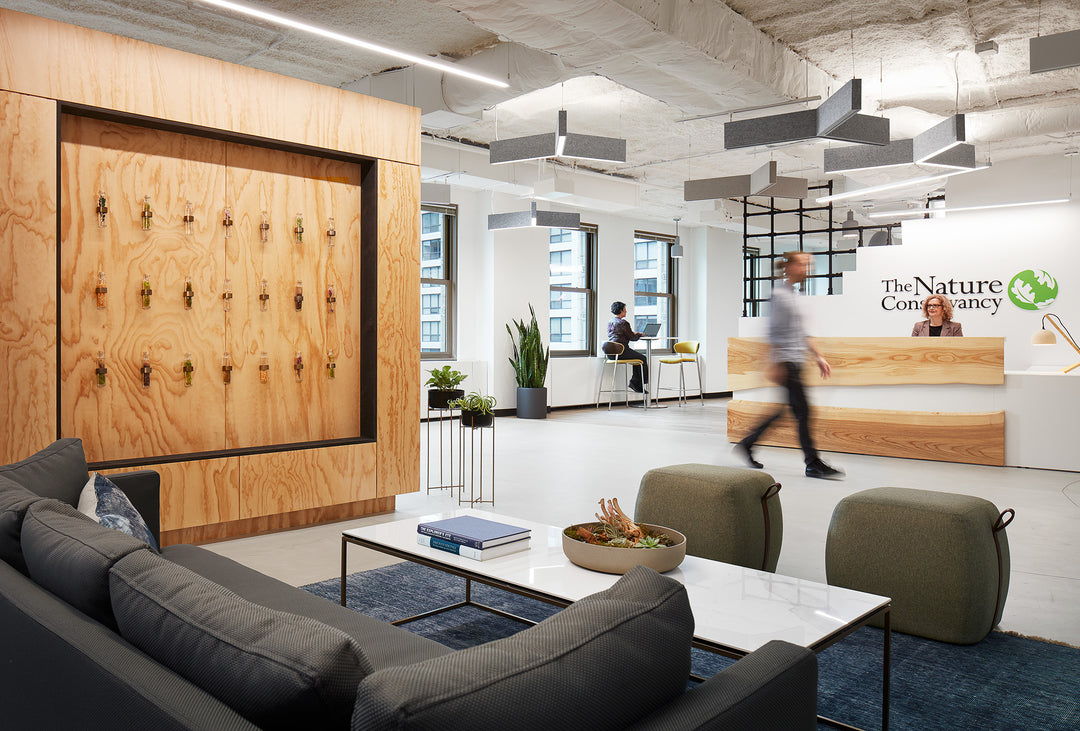Ergonomics / Good for Backs, Bottoms, and the Bottom Line
Back in my 1970’s college dorm room, I had a wooden desk chair, a pillow I used as a cushion, and a 20-something back that could put up with a lot of abuse. That was 35 plus years and 40 pounds ago, and I’m regularly reminded by any number of body parts that my days casually lounging around on wooden chairs all day are long since past. Couple that with a vigorous exercise regimen that for the last several years I’ve planned to start any day now, and you’ll understand why I’m a big fan of ergonomics.

Unless you’ve been living in your parents’ basement so long you’re afraid of light, you’ve probably heard of ergonomics. It’s the science of how the human body interacts with furniture, computers, tools, and countless other objects we encounter every day. The goals are comfort, ease of use, and the healthiest relationship possible between people and their “stuff”. From days of old when one size fit all to today where adjustability and adaptability are key, ergonomics make life easier.
It affects us in many ways that we don’t even notice. The car seat that adjusts to just about any body size, a can opener that’s easier to hold and use than Grandma’s was, and the snow shovel with the odd bend in the handle that helps prevent back pain are all examples of ergonomic products. With changes in technology happening at a frenzied pace, ergonomics is increasingly more important as it races to keep up with the constant stream of innovations. My old college chair has evolved into a marvel of adjustability and comfort. The typewriter on which I banged out my first resume is now a wireless tablet that lets me hunt and peck without all the swearing.
With over 25 years of experience in the office furniture industry, I’ve seen many trends quickly gain favor and then fade even faster. Products come and go, and the ones that have staying power offer something besides the latest color or newest material. For example, with hundreds of task chairs on the market and more being designed and offered every day, it’s relatively easy to find one that combines comfort with aesthetics for almost any body type. I’m constantly amazed by people who should know better but choose to put up with awful seating in the midst of so many affordable ergonomic options. (A chiropractor I know has chairs in his office that should’ve been pitched years ago, but I’m guessing they’re a subtle part of his overall business strategy.)
Any human resources manager can tell you comfortable people are productive people, and productive people are better for the bottom line. Hop out of whatever you’re sitting in today, and look around your office. If you see rotary-dial phones and computer monitors the size of a small SUV, it’s time to rethink your ergonomic strategy.
Call Terry Cray, Office Furniture Guy, with questions or comments you may have.
M 773.908.0462
E terryc@rework-furniture.com




